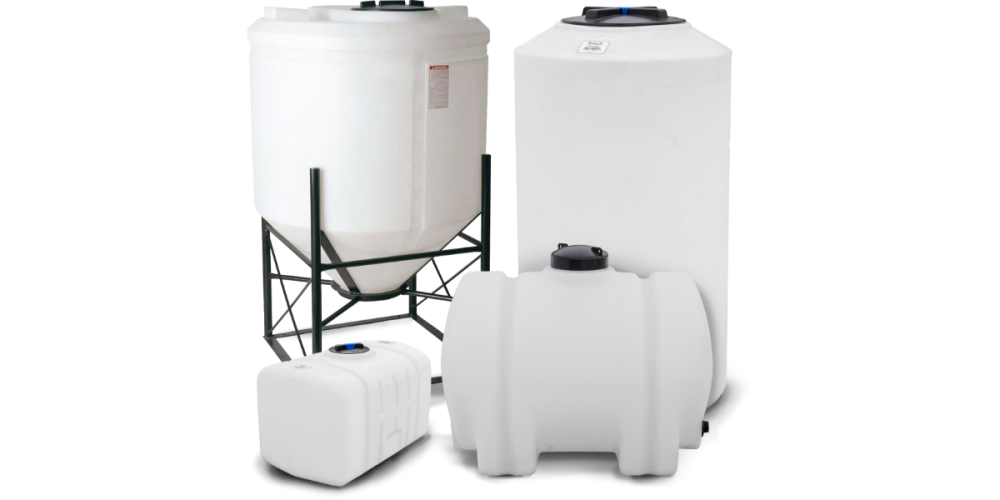Chemical storage is a critical aspect of various industries, such as manufacturing, agriculture, and water treatment. The safe and reliable containment of hazardous chemicals is of utmost importance to prevent environmental pollution and protect human health. In recent years, rotational molding has emerged as the preferred method for manufacturing chemical storage tanks. In this blog, we will explore the key reasons why chemical storage tanks are increasingly being made by rotational molding, and how this innovative process ensures the highest level of safety, durability, and efficiency for handling hazardous materials.
Seamless Construction for Leak-Free Integrity:
Rotational molding allows for the creation of chemical storage tanks with seamless construction. Unlike other manufacturing methods, where seams and joints may be susceptible to leakage and deterioration over time, rotational molding ensures that the tank is one continuous, monolithic piece. This seamless design eliminates weak points, minimizing the risk of chemical leaks and providing a high level of structural integrity.
Design Flexibility for Complex Shapes:
Chemical storage tanks often need to fit into specific spaces and accommodate various shapes and sizes. Rotational molding offers unparalleled design flexibility, allowing for the production of tanks with complex geometries. The rotomolding process can create tanks with integrated features such as baffles, channels, and access points to suit the specific requirements of different chemicals and applications.
Resilience to Corrosion and Chemical Attack:
Chemical storage tanks are exposed to a wide range of corrosive substances and chemicals. Rotational molding utilizes specialized materials such as high-density polyethylene (HDPE) and cross-linked polyethylene (XLPE) that are highly resistant to chemical attack. These materials provide exceptional protection against corrosion, ensuring the safe containment of hazardous chemicals for extended periods.
Impact Resistance for Enhanced Safety:
Accidental impacts and external forces can pose significant risks to chemical storage tanks. Rotational molding produces tanks with excellent impact resistance, reducing the risk of tank damage and subsequent chemical spills. The robust construction of rotomolded chemical storage tanks ensures they can withstand various environmental conditions and handling procedures.
UV Stabilization for Outdoor Use:
Many chemical storage tanks are placed outdoors, where they are exposed to harsh sunlight. Rotational molding allows for the incorporation of UV stabilizers during the manufacturing process, protecting the tank material from degradation caused by ultraviolet rays. This feature is especially crucial for ensuring the longevity and performance of outdoor chemical storage tanks.
Ease of Installation and Maintenance:
Rotomolded chemical storage tanks are lightweight compared to tanks made from other materials like steel or concrete. This characteristic makes them easier to transport, install, and relocate as needed. Furthermore, the seamless design of rotational molding simplifies maintenance, as there are no joints or seams that require frequent inspection or repair.
Chemical storage tanks are vital components for ensuring the safe handling and containment of hazardous materials in various industries. Rotational molding has become the preferred method for manufacturing these tanks due to its seamless construction, design flexibility, and exceptional resistance to corrosion and impact. Rotomolded chemical storage tanks offer unmatched durability, making them the ideal choice for long-term storage solutions. By opting for rotomolded chemical storage tanks, industries can ensure the highest level of safety, efficiency, and peace of mind when dealing with hazardous chemicals.



Leave a Reply
Want to join the discussion?Feel free to contribute!